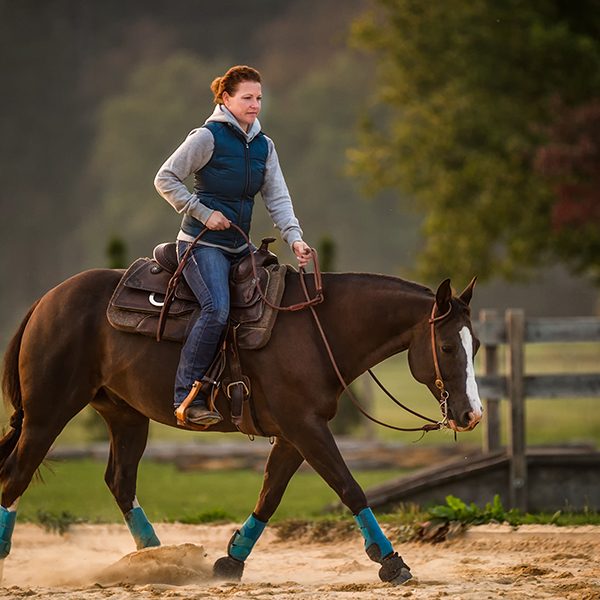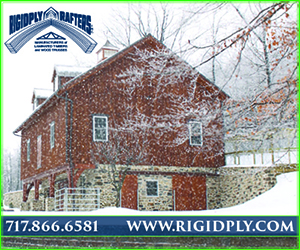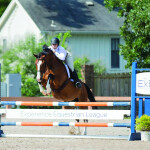Horseback riding is often likened to a dance, a delicate partnership between horse and rider where every step is in tune with the other.
Yet, unlike spontaneous human dance where steps are often improvised, equine balance and movement are far more intricate and intentional, showcasing the graceful interplay between the animal’s raw strength and the rider’s guidance. For equestrians and trainers alike, understanding how to enhance a horse’s balance from its core is pivotal for building a successful partnership and unlocking a horse’s full potential.
The Significance of Equine Balance
Before a rider can dream of performing rhythmic dressage steps at the speed of thought or navigating treacherous cross-country terrains, the very foundation of equine prowess lies in balance. Equine balance refers to the horse’s ability to maintain an upright posture and equilibrium, distributing its weight correctly across all four legs and, more crucially, to manipulate its body’s center of gravity with the precision of a master acrobat – and no, we’re not talking about those majestic circus performers.
In real life, and very much in the equestrian world, a horse’s balance isn’t just an aesthetic quality. It’s a fundamental physical attribute that enables horses to perform athletic feats with ease and without strain. Whether it’s changing gaits, making sharp turns, or executing collected movements, balance is their bedrock. Without it, horses would be akin to bodybuilders without balance, all brawn and no finesse.
Teaching a horse to untrack, often referred to as disengaging the hindquarters, involves the release of energy from the horse’s engine – the hind legs. When untracking the hindquarters, a horse steps its hind legs underneath its body, crossing from left to right or vice versa. This movement is essential as it allows the rider to transfer the horse’s weight back, thus freeing the forehand and promoting a more balanced and controlled movement. To achieve untracking practice with your horse in-hand first and then move to under saddle.
In-hand training or groundwork familiarizes the horse with the idea of untracking its hindquarters. In this phase, the horse will learn the basics of responding to cues that will serve as the precursors to the more demanding movement under saddle. The handler will stand by the horse’s side and apply pressure through body language to the site where the rider’s leg would normally ask for the movement. Simultaneously, a very light rein or lead contact will signal the direction in which to untrack. Training tools like flags can serve as an extension of your energy. Practice the steps to untracking the hindquarters until you and your horse are both calm and in sync with your cues and asks.
Translating the in-hand work to the saddle requires clear and consistent cues from the rider. A “ready to turn” cue – a slight shift in a rider’s leg position will help support the horse and should accompany the untracking command. It is always best to train your horse based on body and leg position rather than through your hands and reins. You want your horse to stay soft in its mouth and not rely heavily on pressure in the bit. Through a gradual process, the cue can be lessened as the horse’s understanding and muscle memory solidify.
Some understand backing as an emergency brake, a stop-gap measure to manage unruly behavior. However, a modern equestrian approach views the backed movement as a crucible to forge suppleness and enhanced balance. Proper backing encourages a horse to lift with its back and engage its hindquarters, essential for turning and stopping with finesse.
Start with a few steps of direct backing on a straight line, encouraging the horse to step back with the same rhythm as it moves forward. After working on backing in a straight line one can then back on a curve or in a circle. Much like the leg position one uses to untrack the hindquarters from the saddle, one can use to help support the horse in a bend while backing. This enhances the strength in the core, hindquarters and suppleness and flexibility in a horse’s bend. One can then gradually introduce hill and pole work, which compels the horse to use its hind legs independently, thus promoting an even greater balance and strength.
A well-balanced horse is one that can collect, a term used to describe its ability to bring its hindquarters underneath itself, closing the angles of its hocks and thus lowering its overall profile. This collected posture allows horses to push from behind, utilizing the powerful hindquarters to achieve speed, height, or precision in movements. Building the horse’s hindquarter strength is what helps true collection, instead of forcing a horse’s head downward by pressure in the bit.
In the world of equine sports, balance and collection are the springboards to success. Jumpers use it to launch over obstacles with grace and power, Barrel Racers leverage it for tight turns, while Dressage emphasizes its subtle elegance in nearly every movement.
The adage “practice makes perfect” is well-worn but has particular resonance when it comes to training horses. Riders should intersperse untracking of the hindquarters and backing exercises as part of their regular routine, reinforcing the horse’s natural inclination to balance and engage its hind end.
The frequency and duration of these exercises will depend on the horse’s current condition and the objectives of the rider or trainer. Regular engagement in these training practices will not only ensure physical health but instill an innate sense of balance that becomes second nature.
In an age where speed and competition often overshadow the finer points of horse training, it’s the return to the basics that will set equestrians and their steeds apart. Untracking the hindquarters and proper backing are not mere preparatory drills but windows into the horse’s physical and mental well-being. They build the balance that underpins an equine athlete’s grace, power, and agility. For the rider and trainer, they provide an insightful look into the subtle art of equine biomechanics, a perspective that fosters a more profound connection in the dance of horse and rider.












